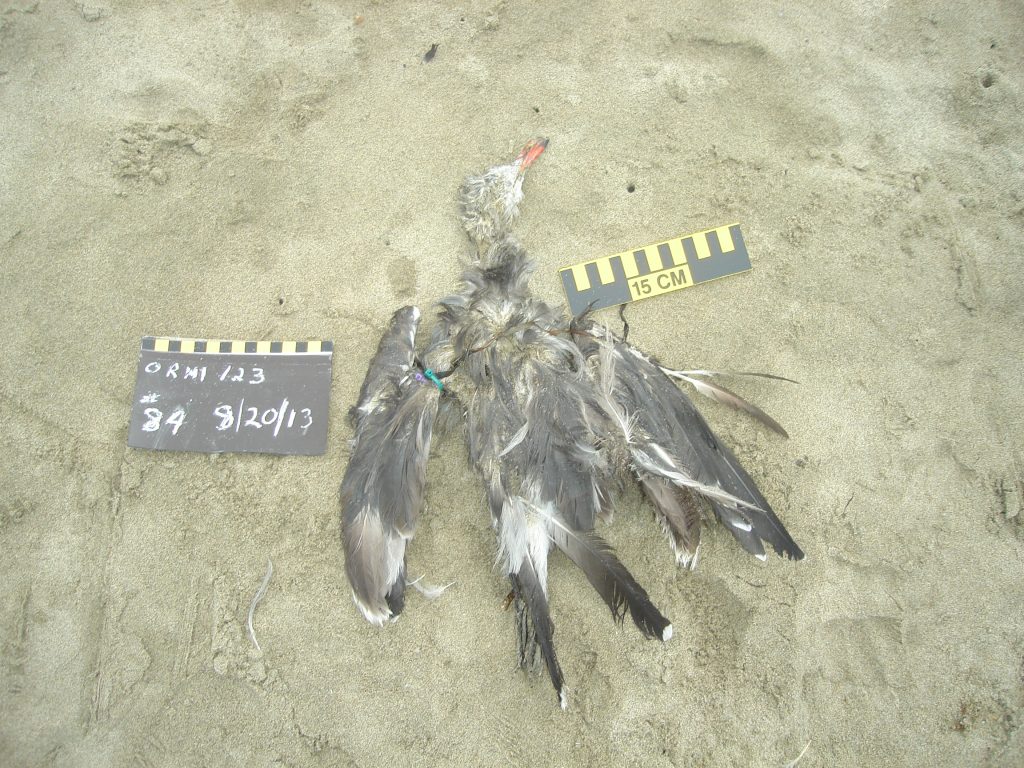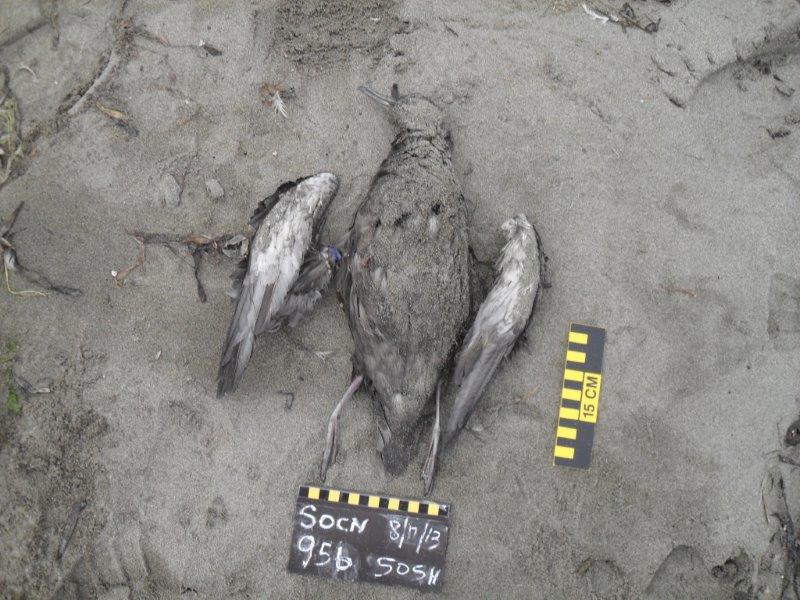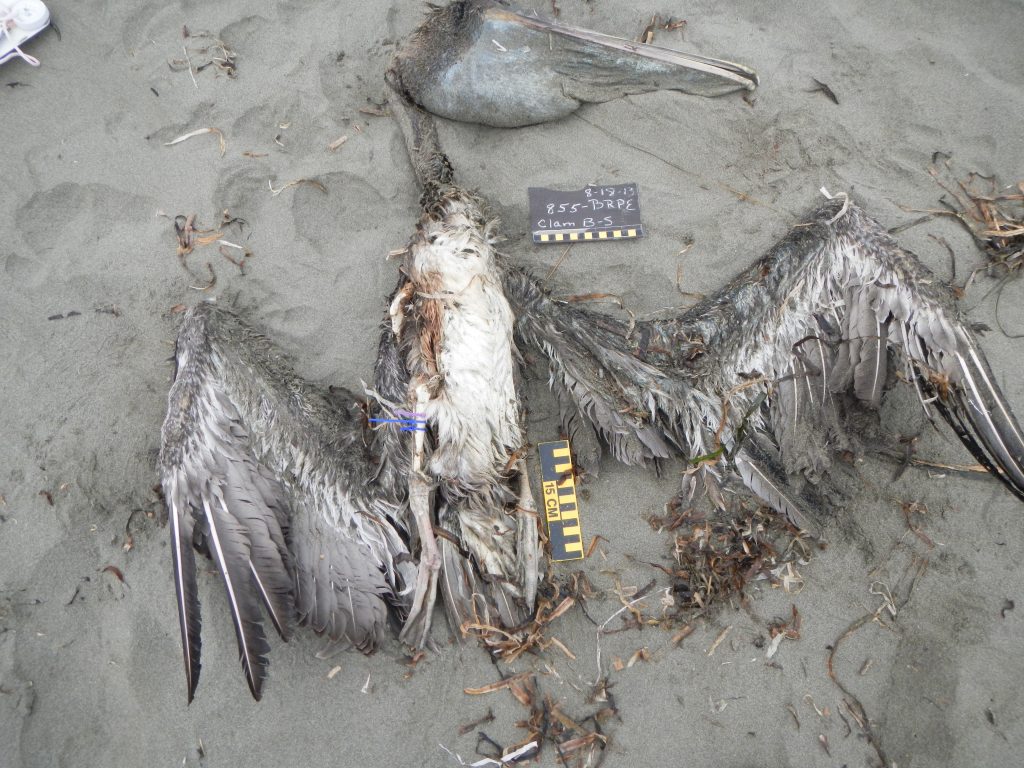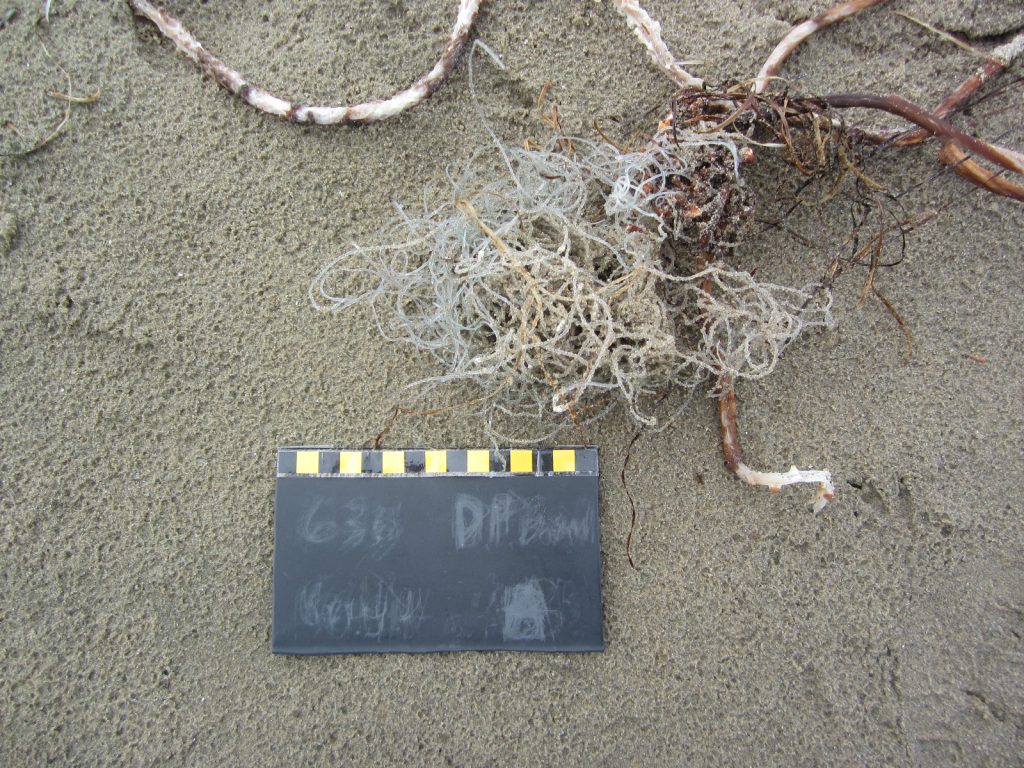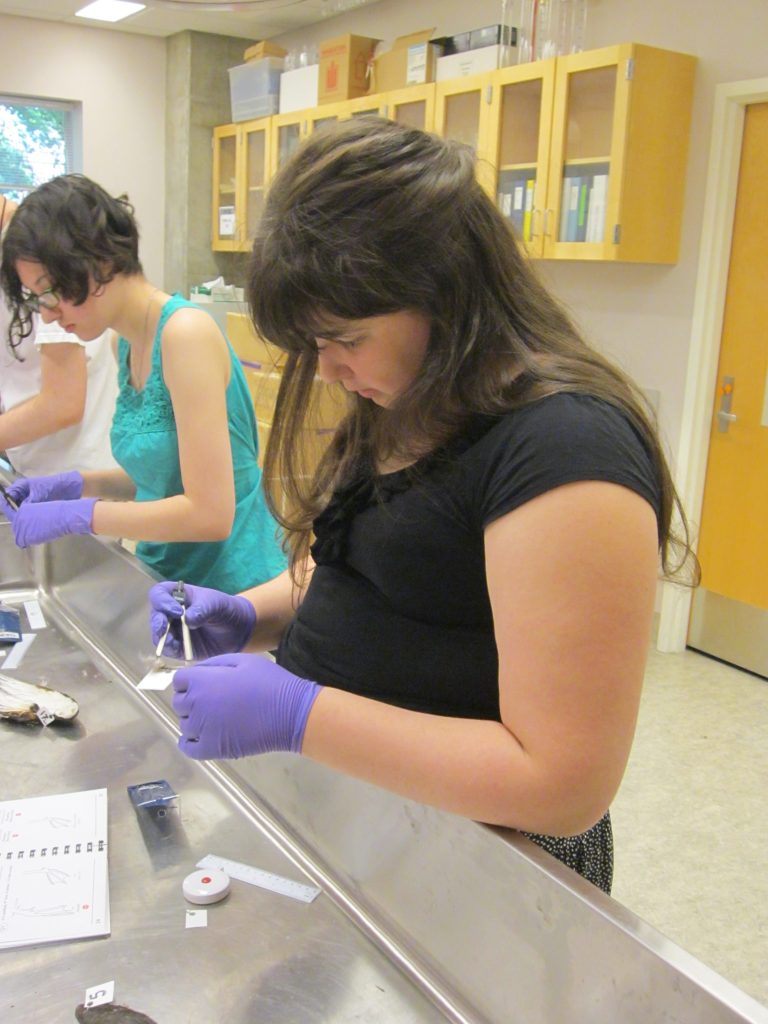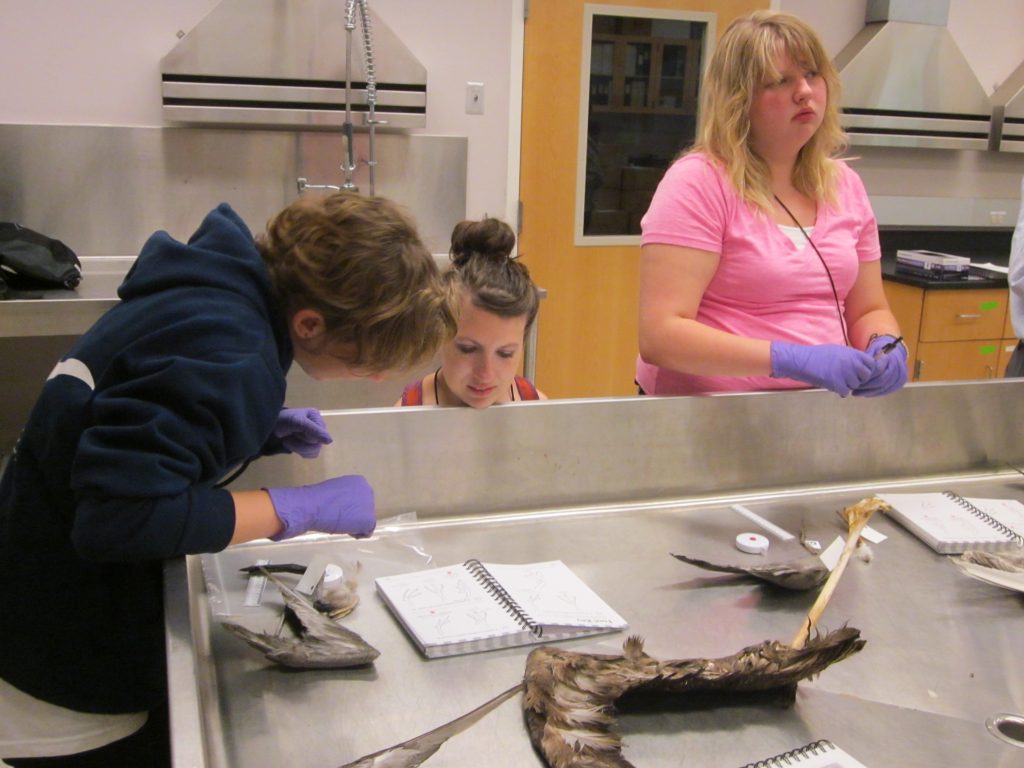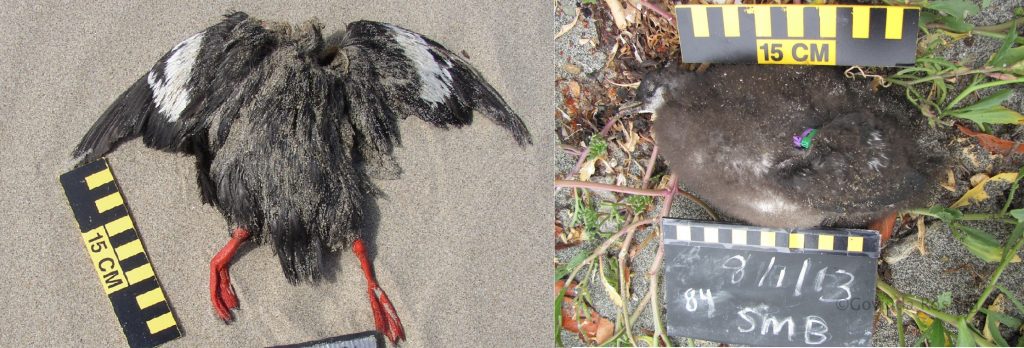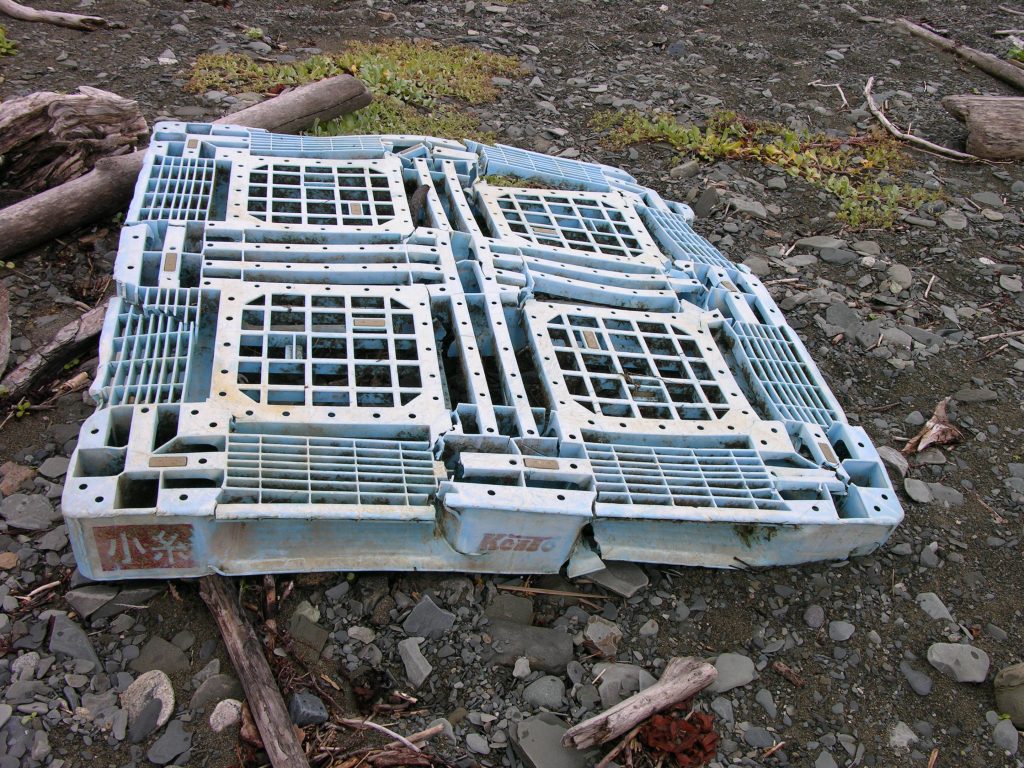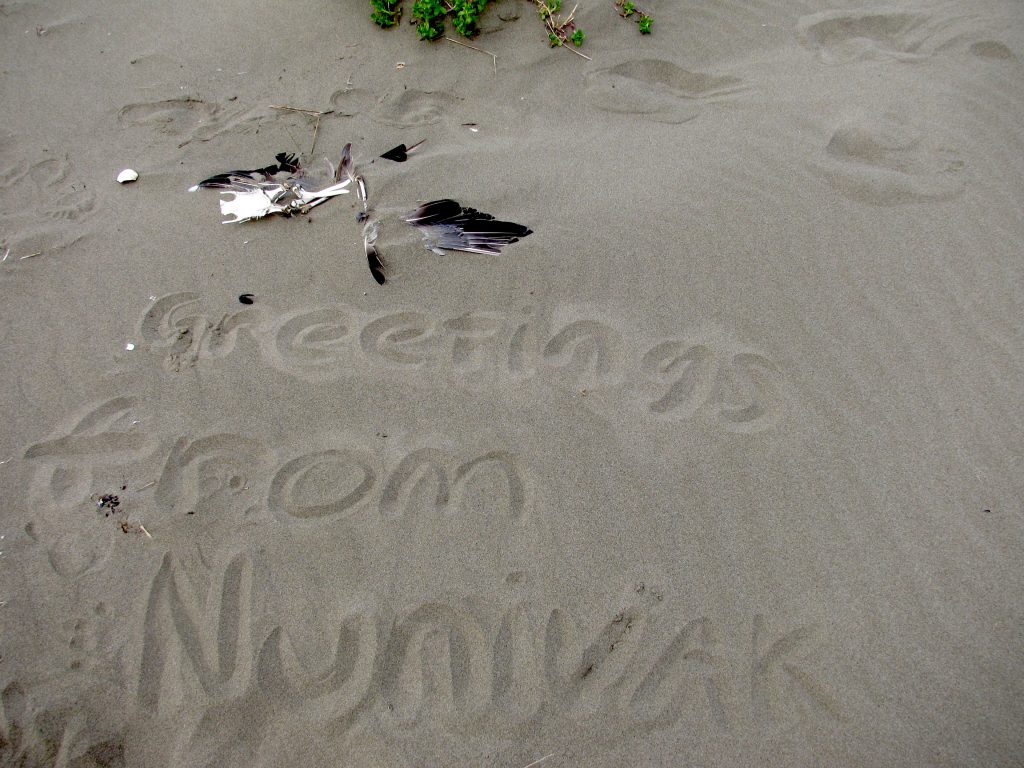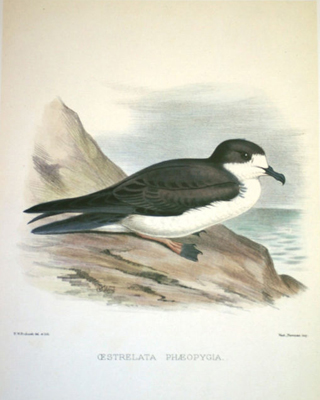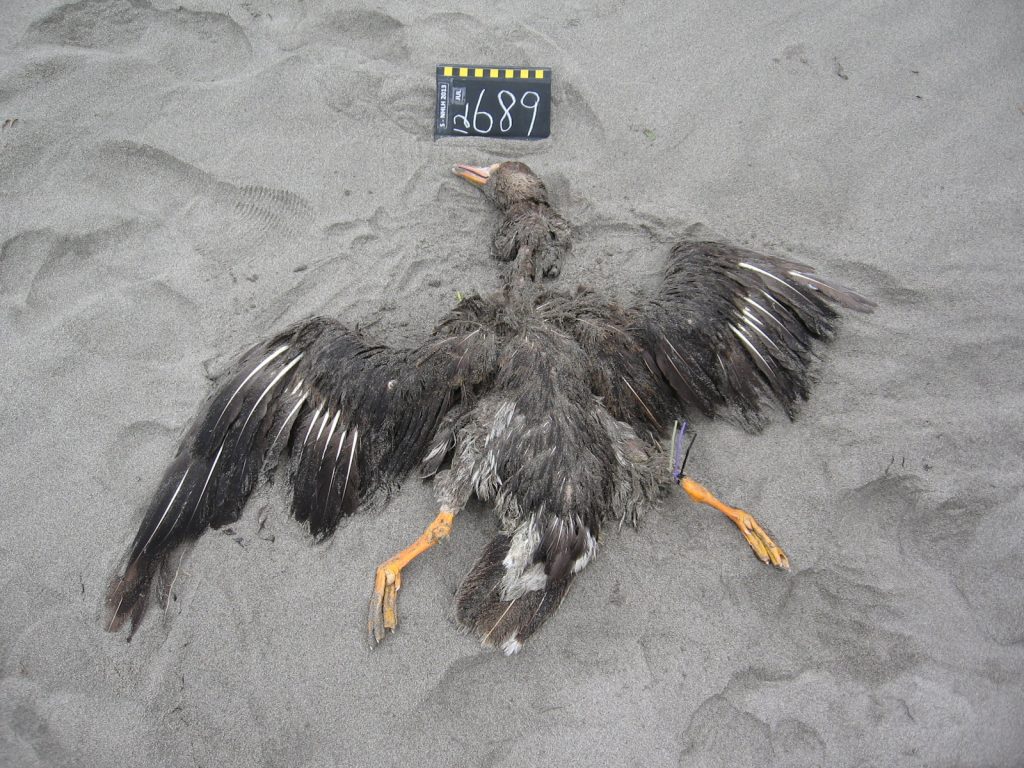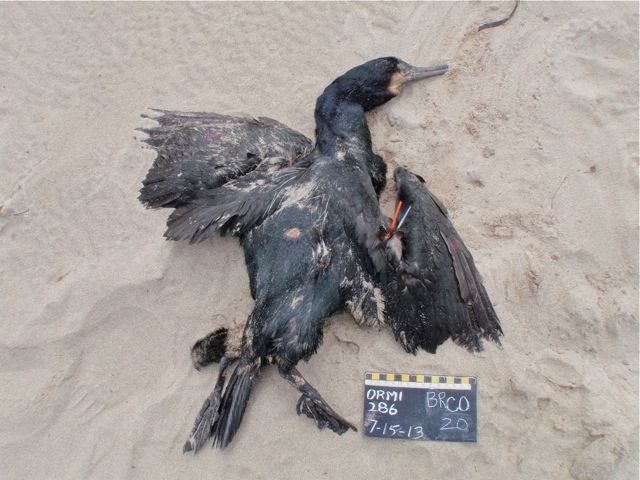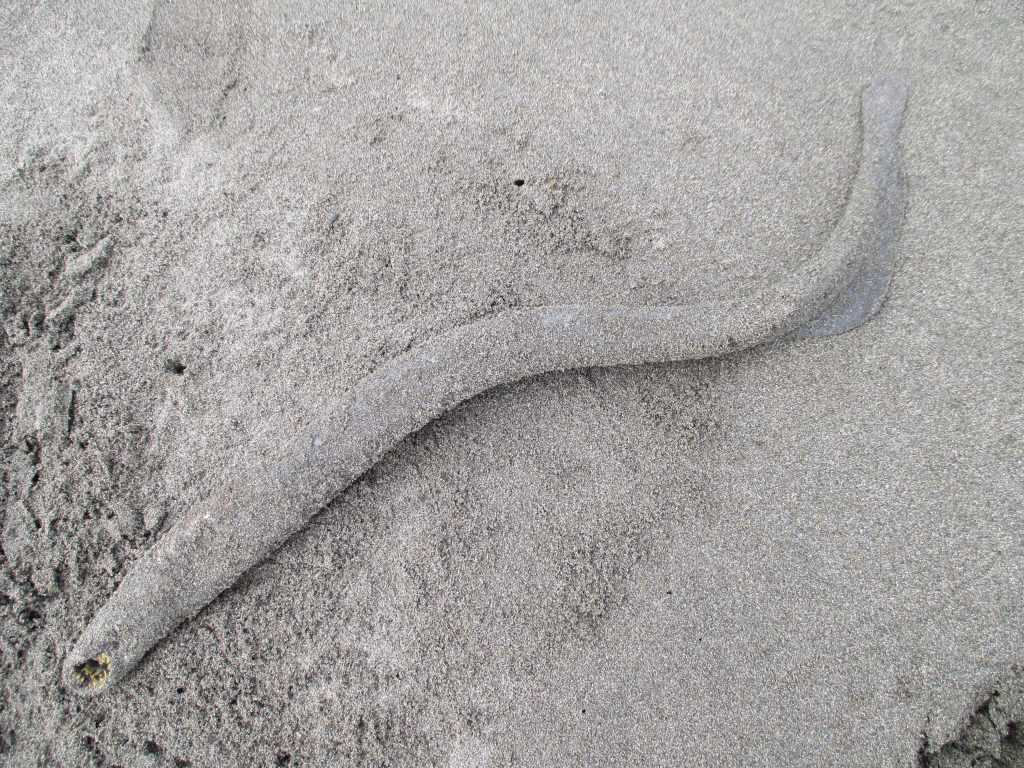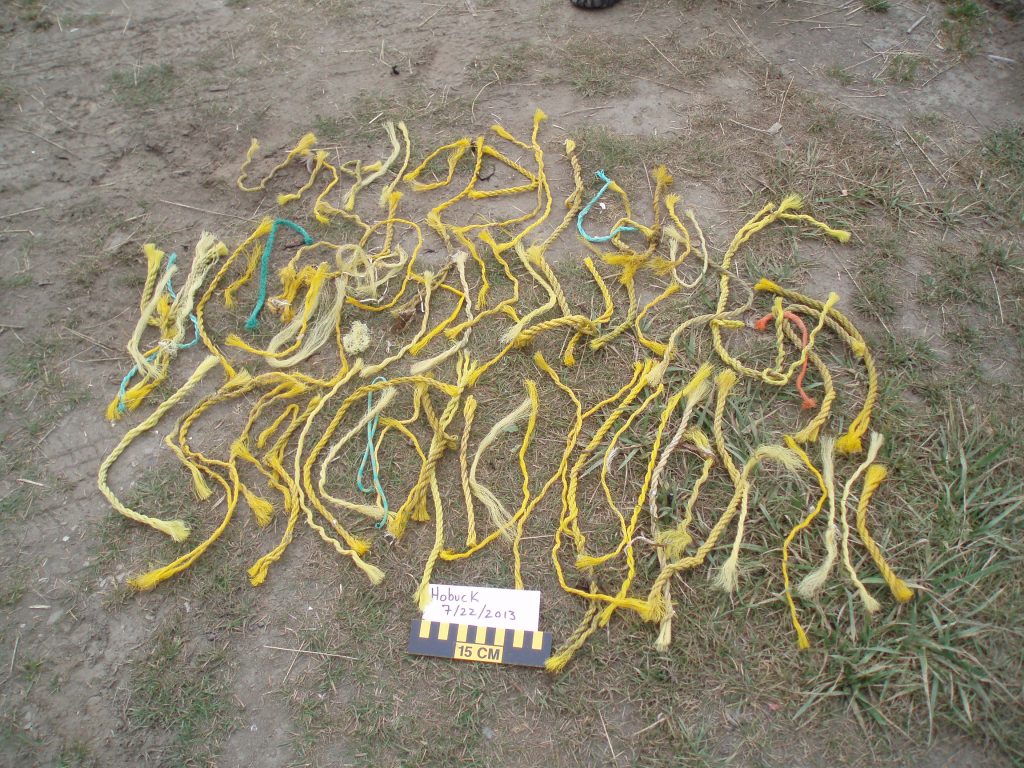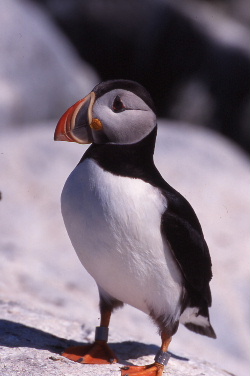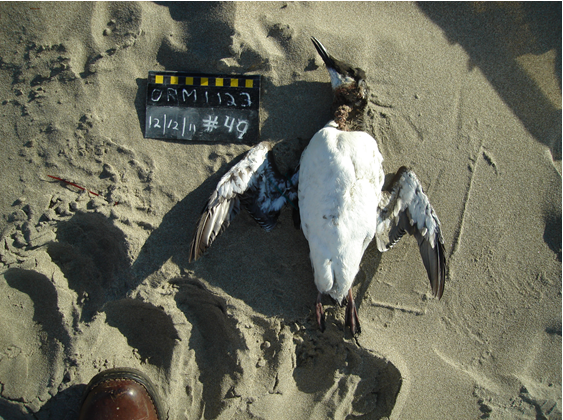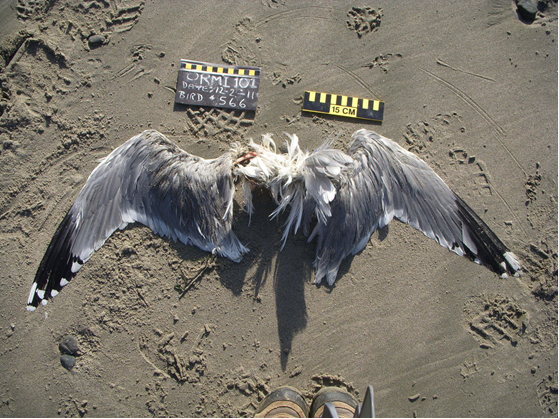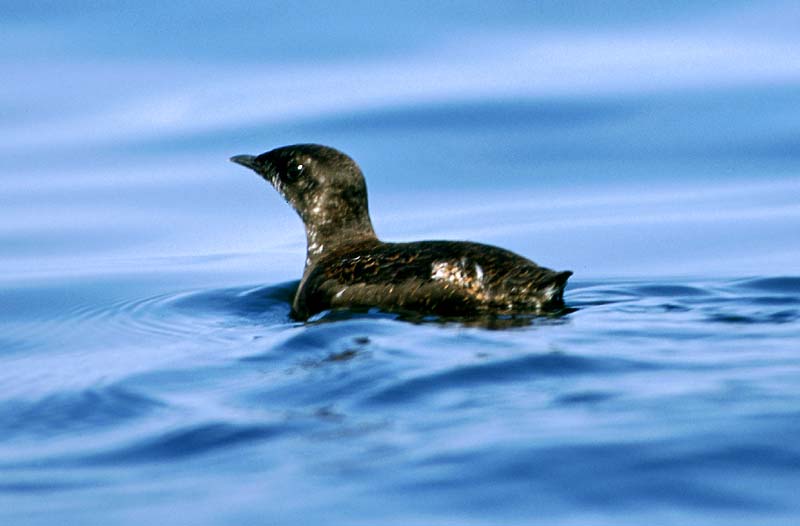We just wrapped up the summer quarter here at UW and bid farewell to our awesome team of interns (An, Adrienne, Chelsea, Hilary, Matt, Monisha, Jessica, Shannon, Stephanie, and Tom). As the UW summer break begins, the COASST office will continue to be a hub of activity, especially since the fall post breeding mortality spike isn’t too far away. August has brought lots of interesting finds out on the beach. Here are a few of the many photos that have landed in our inbox recently:
A Heermann’s Gull found by Jerry and Carol in Oregon South. Since the feet aren’t visible, let’s use the wing (sorry Alaskan’s – this one prefers south of 55°N). Our wing chord measurement is about 34cm, which puts this in the “Extra Large” category. Mantle is gray, wing tips are gray, so we have either a Glaucous-winged Gull or Heermann’s Gull – only one has a red bill with black tip – that’s the Heermanns’s. If you’re using the new wing key, select gray mantle, wing tips about the same color, no white trailing edge or windows in the outer half of the primaries.
A Sooty Shearwater found by Linda and Dini on the South Coast, Washington. Three webbed toes and one tiny fourth toe (actually just a nail) – Tubenose! From the family page select dark, thin, long bill (and for Alaska – white underwing linings). The bill size (39mm) rules out Short-tailed Shearwater (29-35mm). COASSTers surveying this area know we’ve seen a wave of SOSH this August. Drawn to the productive waters off the Columbia River, mouth of Grays Harbor, Willapa Bay and Tillamook Bay, Sooties are “tanking up,” about to make their journey south (WAY south) to areas off Chile, Argentina, Australia and New Zealand in the Southern Hemisphere.
A Brown Pelican found by Terry and Kimberly in California. It’s hard to mistake this large bird! Four webbed toes puts it in the Pouchbill family and with a bill length of 34cm(!) it could only be a Brown Pelican. The head, neck and throat are brown; the breast white, so this is a juvenile bird (hatched January-June 2013 in Southern California or Baja California-Mexico).
A ball of monofilament line found by Heather in Oregon North. Fishing line is the most commonly recorded type of entanglement on COASST surveys. If you see some of this on your beach, it’s a good idea to clean it up.

